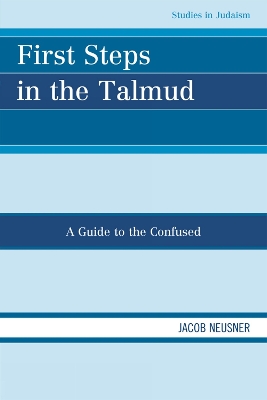The Talmud is a confusing piece of writing. It begins no where and ends no where but it does not move in a circle. It is written in several languages and follows rules that in certain circumstances trigger the use of one language over others. Its components are diverse. To translating it requires elaborate complementary language. It cannot be translated verbatim into any language. So a translation is a commentary in the most decisive way. The Talmud, accordingly, cannot be merely read but only studied. It contains diverse programs of writing, some descriptive and some analytical. A large segment of the writing follows a clear pattern, but the document encompasses vast components of miscellaneous collections of bits and pieces, odds and ends. It is a mishmash and a mess. Yet it defines the program of study of the community of Judaism and governs the articulation of the norms and laws of Judaism, its theology and its hermeneutics, Above all else, the Talmud of Babylonia is comprised of contention and produces conflict and disagreement, with little effort at a resolution No wonder the Talmud confuses its audience. But that does not explain the power of the Talmud to define Judaism and shape its intellect. This book guides those puzzled by the Talmud and shows the system and order that animate the text.
- ISBN10 0761854355
- ISBN13 9780761854357
- Publish Date 16 February 2011
- Publish Status Active
- Publish Country US
- Imprint University Press of America
- Format Paperback
- Pages 222
- Language English
